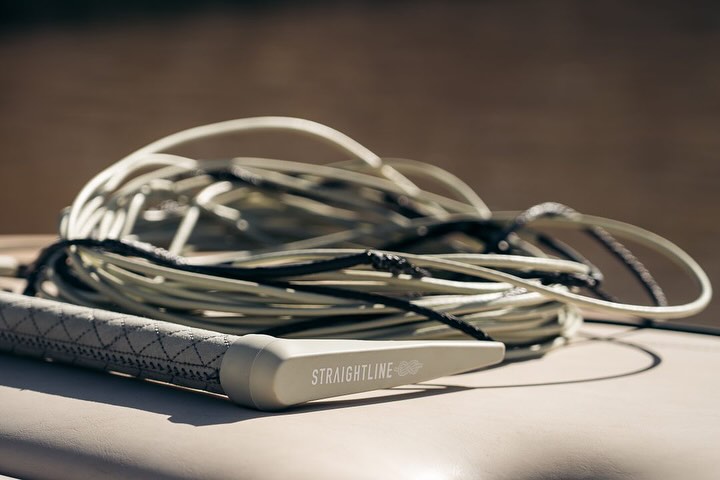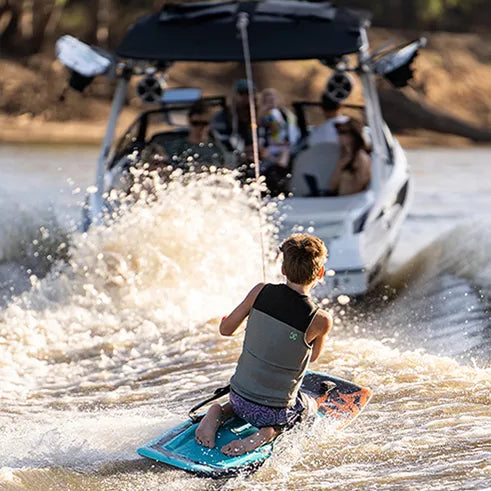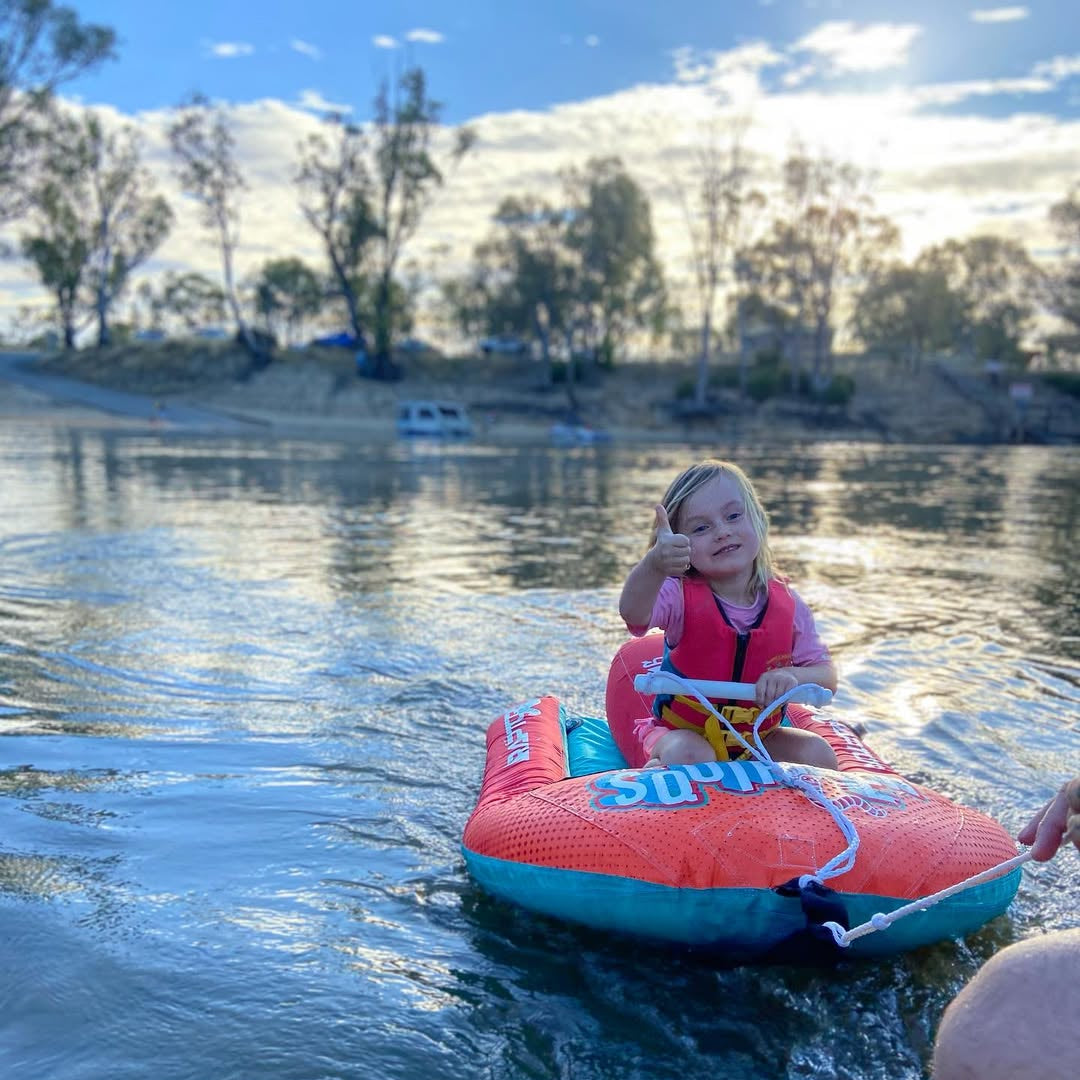Imagine a perfect day on the water. The sun is warm on your skin, there's a gentle breeze in your hair, and you're surrounded by the beauty of our incredible Australian coastline. But a safe and enjoyable experience on the water always starts with one crucial element: a good life jacket.
Life jackets, also called life vests or PFDs (Personal Flotation Devices), are more than just a safety precaution – they're your lifeline. They keep you afloat in case of an unexpected fall or emergency, giving you peace of mind and the ability to focus on enjoying yourself.
Whether you're a seasoned boatie or just dipping your toes into watersports for the first time, having the right life jacket is essential. This comprehensive guide will equip you with all the knowledge you need to make an informed decision and choose the perfect life jacket for your next aquatic adventure.
Life Jacket Regulations in Australia
Safety first! Life jacket regulations vary slightly between states in Australia, so it's important to be familiar with the specific requirements where you'll be enjoying the water. Click on your state below to find out the most up-to-date information:
Understanding Life Jacket Types and PFD Ratings
Life jackets in Australia are categorized by type according to Australian Standards, with corresponding PFD (Personal Flotation Device) ratings that indicate their buoyancy and capabilities. Here's a breakdown to clarify the relationship between life jacket types and PFD ratings:
PFD Type 1 (L100 or above)
Type 1 life jackets offer the highest level of buoyancy and are designed to turn unconscious users face-up in the water, providing critical security in challenging conditions.
They are inherently suitable for offshore use, meeting the minimum requirements of an L100 PFD. Some Type 1 life jackets may also boast additional features that qualify them for even higher PFD ratings, such as extended duration capabilities in the water.
PFD Type 2 (L50)
Type 2 life jackets strike a better balance between buoyancy and comfort. While not quite as buoyant as Type 1, they still have more than enough buoyancy to allow you to float safely in the water.
At the same time, their design prioritizes comfort and freedom of movement, making them ideal for activities where movement is a high priority such as Waterskiing and Wakeboarding, Jet Skiing etc.
PFD Type 2 jackets are also designed to have higher levels of visibility than their Type 3 counterparts.
PFD Type 3 (L50S)
Type 3 life jackets tend to offer the same buoyancy levels as Type 2 jackets, however are more focused on design, comfort and freedom of movement.
Type 3s are primarily designed for water sport activities such as waterskiing and, in most states, are the minimum level required to partake in these activities (refer to your local authorities).
What materials are used to make life jackets?
The two most common materials in life jackets are nylon and neoprene.
Nylon is most commonly seen on PFD1s due to it's durability. Nylon is also generally more cost-effective than neoprene, however this comes at the expense of comfort. Most nylon vests are stiffer and the material can rub on the skin quite aggressively potentially causing rashes.
Neoprene life jackets are more expensive than nylon but are significantly more comfortable and will conform to the shape of your body better.
Choosing the best Life Jacket
Now that you understand the importance of life jackets, the legalities and materials, let's delve into choosing the right one for you. There are several factors to consider.
Let's start with some things we've already covered.
Firstly, you need to understand the minimum PFD level you require based on your intended activity, the size of your watercraft and the body of water you will be visiting.
Secondly, if you're looking at a PFD Type 2 or Type 3, give some thought as the the best material for you. If you intend to wear your vest for an extended period of time, or you need more comfort and movement in your vest it's absolutely worth investing a little extra in a neoprene life jacket.
Choosing the right size life jacket
A life jacket won't do you much good if it doesn't fit properly. An ill-fitting life jacket can restrict movement, be uncomfortable, and most importantly, may not provide adequate buoyancy in the water. Here are some key points to remember for proper sizing:
The life jacket should fit snugly but comfortably
You should be able to breathe easily and move your arms freely, but it shouldn't be so loose that it rides up over your face when in the water.
Use your t-shirt size as a starting point
We find that more often than not, your life jacket size will match what size t-shirt you wear. While most life jackets are made to similar measurements, it's worth noting that some styles will have a tighter fit than others. These are generally more performance-focused styles (think higher price-range).
If in doubt, it's generally better to size up
A slightly looser life jacket is still safe, can be tightened with the buckle strap will be more comfortable for extended wear than one that is too tight.
Choosing the best life jacket for your activity
Not all life jackets are created equal. Most will be designed with a specific activity in mind and will therefore prioritise specific features over others.
Life Jackets for waterskiing & wakeboarding
A life jacket that allows for unrestricted arm and shoulder movement should be the main consideration. A Type 2 or Type 3 neoprene life jacket with a flexible torso will provide the necessary buoyancy and comfort for these activities.
Compared to other activities, a snug fitting vest tends to be the most popular preference for skiers and wakeboarders. A vest that is too loose can be irritating when in the water and can get in the way when up and riding.
Finally, vests that are lower profile (i.e. thinner) are also best for skiing and wakeboarding.
Life Jackets for Jet Skiing
A snug-fitting Type 2 or Type 3 life jacket made from neoprene is ideal. These jackets offer good buoyancy without compromising your freedom of movement.
Look for features like handles for your passengers to hold on to (instead of that awkward jet ski hug), D-ring clips and storage pockets. Further, many Jet Ski life jackets will feature a shorter cut so that, when you're in a seated position, your legs won't be pushing the vest up your body.
Finally, give some thought to colour. Many jet skiiers prefer to have a high-visibility vest to ensure other jet skiiers can see them, particularly in low-visibility settings such as a foggy afternoon.
Life Jackets for Stand Up Paddleboarding, Kayak etc.
Choose a lightweight Type 3 life jacket made from neoprene or a breathable mesh material. These life jackets offer good buoyancy without hindering your paddling motion. Look for features like a low profile cut that won't interfere with your paddling posture.
Life Jackets for general boating
For fishing or general boating, where you may not be wearing the vest for an extended period of time, durability is key.
Consider looking for a Nylon PFD 1 with key features such as whistles & reflector patches for safety.
If you're expecting the vest to sit in the boat's storage more than it's being worn, give some thought to an inflatable life jacket. These take up very little space but can still be relied on to keep you afloat in an emergency. It should be noted though that inflatable life jackets require more care and servicing than a traditional life jacket.
What are the top life jacket brands?
We're lucky in Australia to have a wide range of brands producing incredibly high quality products (due in-part to the high standards the vests must meet).
We've outlined a handful of brands below that we have tried and tested over a long period of time that we believe offer the best value, performance, safety and durability.
KGB/Ivy: We've recently added these brands to our range, and for good reason. From their value range, through to their performance gear the quality, fit and materials are epic.
Jetpilot: Renowned for commitment to safety and functionality, Jetpilot offers a comprehensive range of life jackets for various water activities.
Follow: A trusted brand known for their comfort, performance, and style, Follow life jackets are a great choice for those seeking high-quality performance.
Rip Curl: A popular brand recognized for its durability and broad range of life jackets for all ages and activities.
Wing: One of the most famous names in the waterski fraternity, Wing are known to produce high quality products and extraordinary value.
Ultra: A lesser known brand that offers lightweight and comfortable options for various watersports.
Now you have an idea what to look for, what next?
Choosing the right life jacket is an investment in your safety and peace of mind. By understanding the different types, materials, sizing considerations, and activity-specific features, you're well on your way to finding the perfect life jacket for your next aquatic adventure.
Remember, a good life jacket should be comfortable, provide adequate buoyancy, and allow you to enjoy your time on the water with confidence.
Ready to find your perfect life jacket? Explore our wide range of life jackets for all ages and activities on our website! We offer a variety of trusted brands, types, and sizes to ensure you find the perfect fit for your needs.














